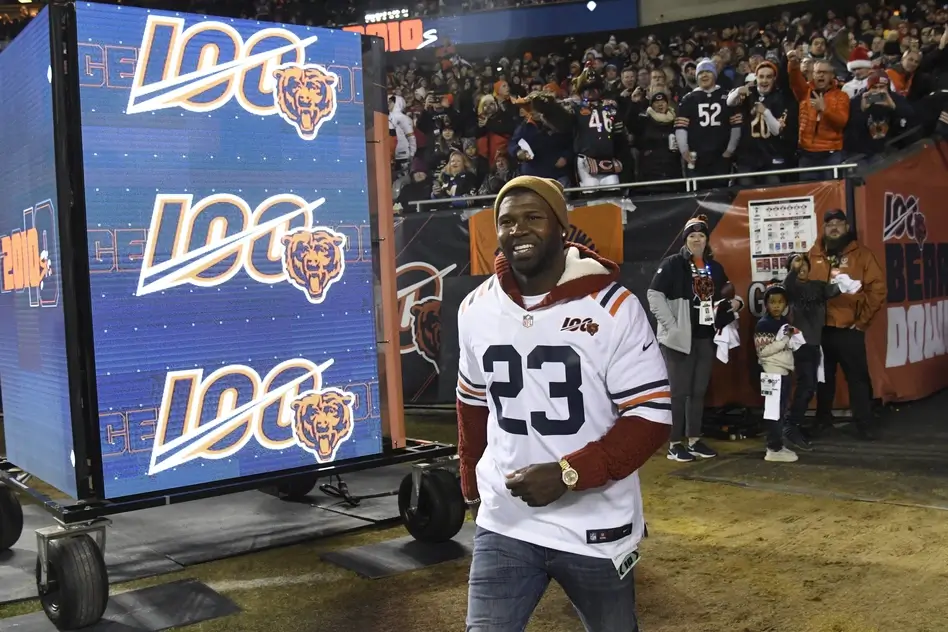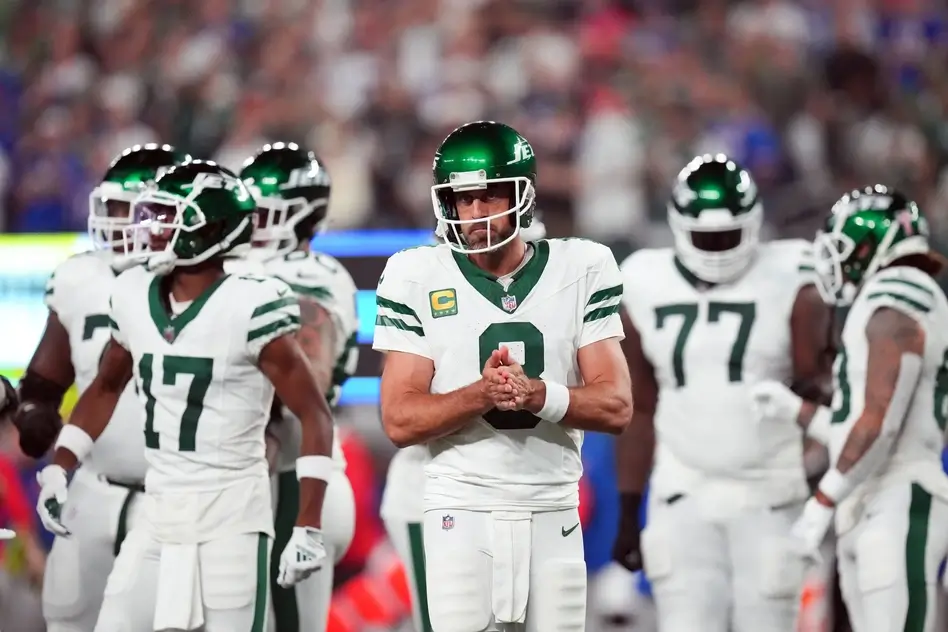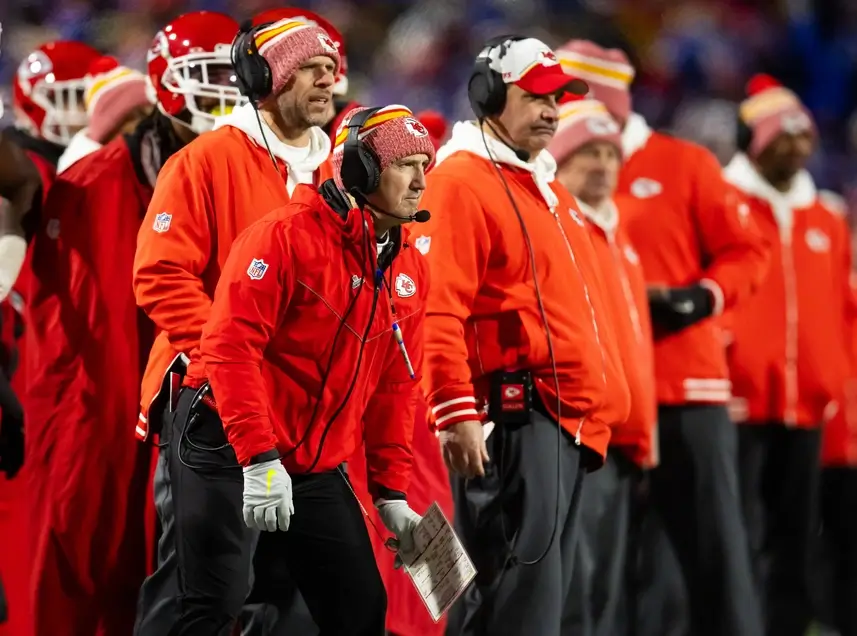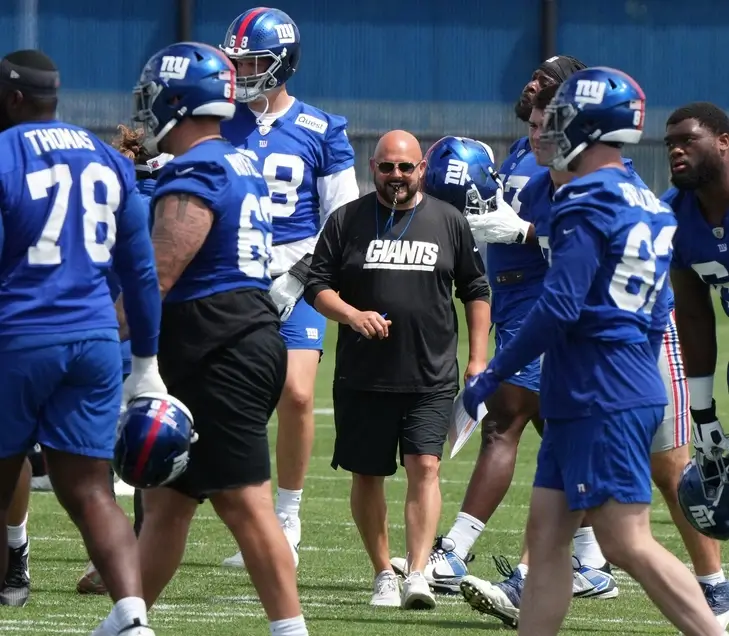There have been just five weeks of NFL football during the 2020 season and the scheduling has already taken a hit. A number of positive COVID-19 tests by players, both high and low-profile, have caused games to be postponed and the original 2020 schedule, released back in May, to be thrown into jeopardy.
It all started when New England Patriots’ quarterback Cam Newton tested positive and the team delayed its game versus the Kansas City Chiefs by 24-hours. In addition, league policies forced then-undefeated Pittsburgh Steelers and Tennessee Titans to move their matchup from Week 4 to Week 7. Other games were also moved, such as Broncos-Patriots, Dolphins-Broncos, Chiefs-Bills, and Bills-Titans, the latter of which was played this past Tuesday night.
Rumors have spread that the league might be considering adding an additional “Week 18” after the conclusion of the regular season for postponed games. Meanwhile, there’s been little to no speculation about cancelling the season altogether. Availability of attendance and the status of Super Bowl LV in Tampa are changing by the week.
Professional sports leagues in the United States have treated their 2020 campaigns in very different manners. However, the NFL, as the league started the latest, faces the challenge to make a decision that allows them to have the least amount of unplayed games during the regular season. At the same time, the league has to maintain one of its most significant revenue sources, in-person attendance.
The widely discussed “bubble”
If you are a sports fan living in 2020, you literally cannot run away from the term “bubble”. Of course, the NBA made use of it first when it resumed its season in late-July. Some considered it a success, particularly mainstream sports media across the pond. There were even some speculations that the NBA was considering to use the bubble during its next campaign, starting in January 2021. However, as stated by commissioner Adam Silver, the league wouldn’t get rid of one of its main revenue sources it if isn’t forced to do so.
The NHL also conducted its playoff stage by establishing bubbles in Toronto and Edmonton. In addition, the Toronto Blue Jays were set to be “in a bubble” for their home stints before the Canadian government kicked them out of Rogers Center for the 2020 MLB season. The Australian Football League and UEFA football also used modified versions of one or more bubbles but in very different practical uses.
Before how it can be applied to the NFL, a deep dive into what the bubble really was is more suitable. In the NBA’s case, players and staff were required to stay in a closed area of hotels and arenas. In the basketball league’s case, this was Walt Disney World Resort in Orlando, Florida. If a player left the bubble for any reason, they had to quarantine for a minimum of 10 days. The quarantine period for positive tests was 14 days or at least three negative tests. According to reports, the NBA had just two positive tests out of its first 666 tests.
The NBA’s type of “bubble” would be the true incarnation of a nightmare for the NFL, as well as completely impossible to put into practice.
Firstly, there are no NFL stadiums in such close proximity to establish such a bubble. At best, this would take multiple bubbles at multiple different venues and a complete divisional and schedule overhaul. The former is impossible since the 2020 season is already underway.
Secondly, it takes away the NFL’s ability to generate ticker revenue since the main idea of the bubble is to isolate players from the public. That would include fans. With the league’s projected salary cap going down to $176 million, per OverTheCap, and the ratings plummeting by the week, per SportsMediaWatch, this all but spells a financial fiasco for the NFL. According to Forbes, ticket and game day sales make up nearly 38 percent of the league’s total revenue.
Thirdly, the bubble eliminates the home-field advantage, which is a lot more significant in a 16-week league than in an 81-game season. The absence of such an advantage in the regular season is the lesser evil. What’s worse is that it will discourage teams from battling for higher seeds. Per the new playoff format, only the best teams in the two conferences get a bye. Therefore, it would be virtually unimportant whether a team is a No. 2 seed or a No. 7 seed in a conference. With that goes the race for the division crown if a team is a certain playoff team without chances for the top seed.
Positive test policy
How the NFL should react to positive tests is currently the hottest league-wide topic. In addition to the aforementioned affected players and teams, the league has closed the facilities of two teams so far – the Titans and, in the latest example, the Falcons.
It is clear that the league closes facilities and postpones games way too easily. When the NFL shut down Tennessee’s training center after a non-playing employee tested positive. Atlanta had to shut down after a staff member’s positive test was just the second for the organization. As of October 15th, only DT Marlon Davidson is out on the COVID-19 list.
There’s no reason why a game cannot go ahead even without a particular number of sick players. Postponed games lead to weaker gate and rating numbers than on the original date almost universally. Punishing teams that follow (albeit stupid) protocol on unfair grounds and because of other teams’ actions. This holds true for both on-field and business issues.
In-person attendance
As mention above, in-person attendance at game amounts to almost 40 percent of the NFL’s revenue. Eliminating it in any way, shape, or form would spell disaster for the NFL. Not an existential one, at least not yet, but a huge threat to the league’s current standard.
The numbers for every team fully support that. Even the Chargers, notorious for having small crowds, made $93 million at their venue in Carson, California. This amounts to 25 percent of their total $375 million in revenue. For popular teams with loyal fanbases, like the Cowboys, stadium makes up more than half of the club’s revenue. Or, in Dallas’s case, 65 percent.
However, not all teams are allowed to exercise their rights to the same extent. Some teams are lucky enough to have 10%, 20%, or even 50% allowed at their venues. These include teams from states such as Texas, Tennessee, Ohio, Missouri, Georgia, Florida, among more. On the other hand, some states, like New York, California, Washington, Minnesota, Wisconsin, Maryland, Massachusetts and more, allow no fans at games and some are, in fact, still near a state of lockdown. The only state which currently imposes no restrictions is Florida.
It is a situation, in which smart and alternative thinking could ensure financial stability. Therefore, the NFL should not look into the NBA’s plan, this of the league with the worst financial future ahead. Instead, it should follow in the footsteps of the league which grew by the business model of the NFL itself. Or, more specifically, the Australian Football League.
The AFL was in a similar situation back in March as most US pro leagues. The AFL shut down its season after only one week of play, only to return in June. AFL CEO Gillon McLachlan claimed, per ABC, that the league faced “expenses of AUD$1 billion against revenue of zero”. When the league resumed on June 11th, similarly to the NFL now, many states had lifted restrictions. Teams in Western Australia, New South Wales, Queensland, and South Australia welcomed fans back. However, the state of Victoria, still in lockdown and a home of 10 of the 18 teams, remained a burden.
This was when the AFL league offices came with the solution to move the 10 Victorian teams out of the state. The AFL established bubbles in Queensland. Most Victorian teams played in either Perth, Adelaide, or Gold Coast. Nearly all games in the last 10 weeks were played before crowds. The same goes for the Finals and the Grand Final, scheduled for October 24th at The Gabba in Brisbane. The bold move will help the league fill in a burden of $3 million a week for maintaining the clubs in Qld, according to 7News.
This is what the NFL should be looking into. Many states are opening, some, like Florida, will soon have two, maybe three stadiums at full capacity. The NY or Cali teams could fill in their financial holes by moving to Florida or Georgia.









Pingback: NFL vs COVID: Where happens next? - The Daily Sports Buzz